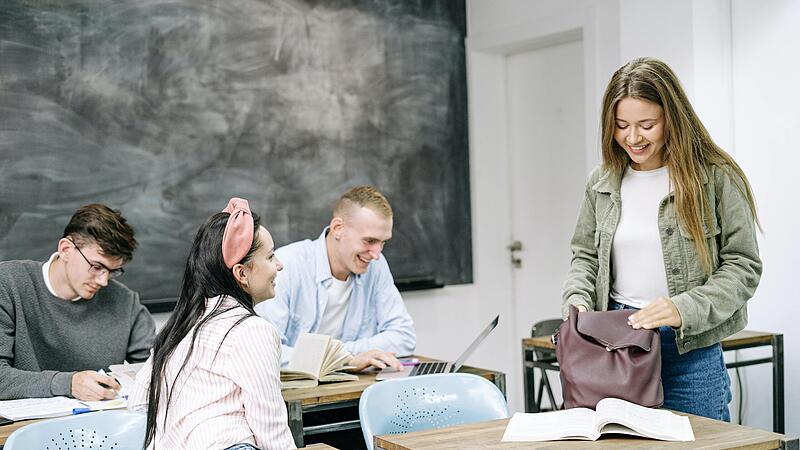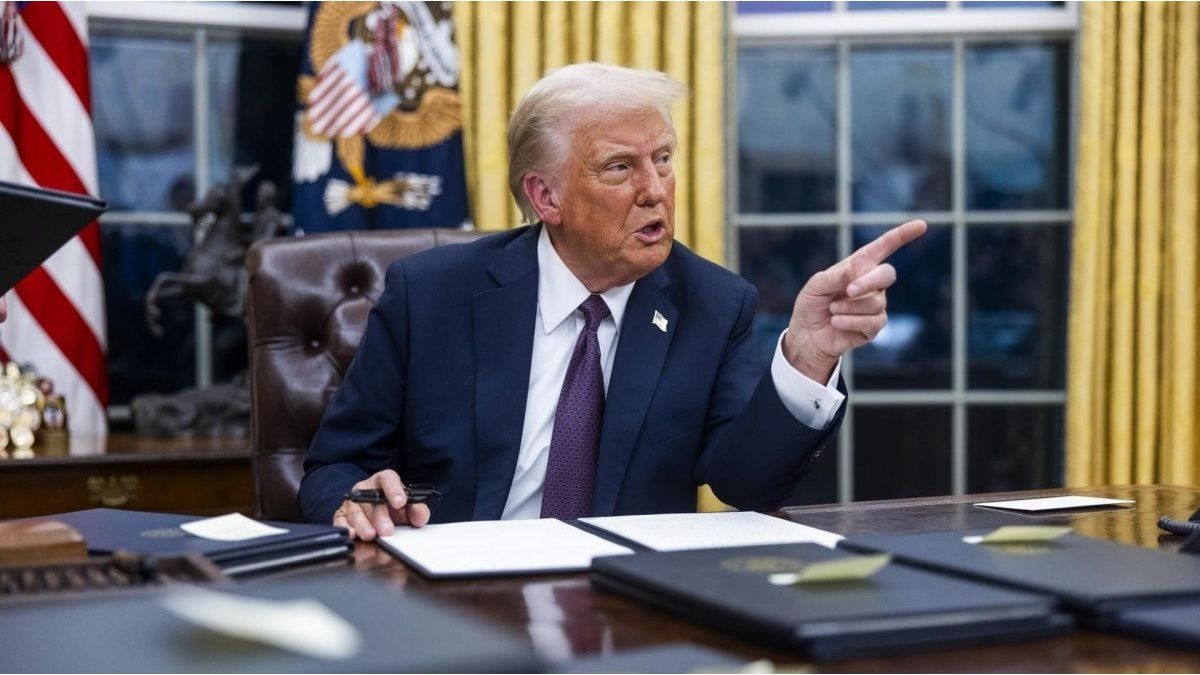Image: Pexels/Ivan Samkov
The current school year began in Upper Austria on September 11, 2023 for around 200,000 students and around 21,000 teachers. It brings with it some innovations, especially when it comes to the teaching content.
Increased financial education
Since 2018, work has been underway to reform the curricula for elementary schools, middle schools and lower secondary schools. They will now come into force on a “rolling” basis, i.e. from the 2023/24 school year for the first grades of elementary school or middle school/lower secondary school, from the 2024/25 school year also for the second grades and so on.
The current reform includes, among other things, general educational goals, general didactic principles, interdisciplinary skills and 47 subject curricula. Among other things, financial and economic education should be strengthened. In addition, “Comprehensive National Defense” and the “Austrian Model of Interest Representation and Social Partnership” are anchored in the curricula.
Subjects get new names
In addition, certain subjects receive a new subject name. Parents shouldn’t be surprised if, for example, the subjects “artistic education”, “technical work, textile work” or “geography and economics” can no longer be found on their children’s timetables; these have now been moved to “art and design”. , “Technology and Design” and “Geography and Economic Education” were renamed.
“Digital basic education” fully rolled out
In the current school year, the subject “Digital Basic Education” will also be taught in all planned school levels. After the compulsory subject was previously only available in the first three classes of the AHS lower school and the middle school, the fourth classes were now also added in September.
In the future, “digital basic education” will also be taught at special schools. Unlike at AHS lower grades and middle schools, where it is a compulsory subject, at special schools the subject should generally be taught as a so-called “mandatory exercise” integrated into other subjects.
Changes to the upper levels
Upper school schools have more freedom of choice. You can choose between the traditional year-round and semester-long upper levels.
In the latter case, the material is divided into semester modules from the second grade BMHS or the sixth grade AHS. For a fiver, only the negative module needs to be repeated. The ministry originally wanted a mandatory switch to the semester format, but after resistance from schools they can now choose.
In the future, you will also be able to switch to a course system independently of the school, in which alternative compulsory subjects (especially elective subjects) are offered and the number of hours for individual subjects is reduced to a minimum. The students can exchange teaching subjects, prefer subjects from higher semesters or repeat them (to correct a deficiency from a lower semester).
more about youth and work




